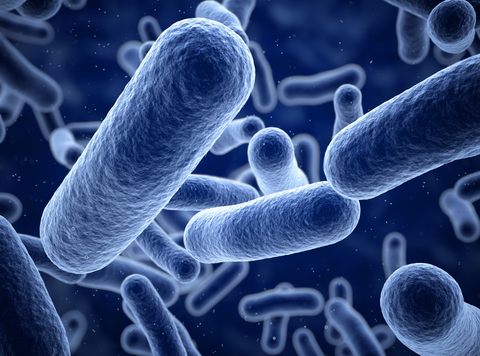Did you know that almost half of US adults suffer from some form of periodontal disease? Periodontal disease is inflammation and infection that destroys the tissues that support the teeth and includes areas such as the gum, periodontal ligaments, and bone.
According to the CDC, over 47% of adults 30 years and older have some form of periodontal disease and the condition is more common among men. Gingivitis is an early form of periodontal disease, and today we’ll be taking a look at what causes gingivitis and how you can prevent it.

What causes gingivitis?
Gingivitis is caused by sticky, bacteria laden plaque deposits that harden into tartar at the base of your teeth. This pesky, hard to remove bacteria irritates the gum which results in inflammation, tenderness, and pain. This response is called gingivitis.
What can increase the risk of gingivitis?
As with most diseases, there are certain behaviors that may increase your risk of developing them. Some things that raise your risk for gingivitis include:
- Inadequate teeth brushing, flossing and rinsing
- Certain infections and systemic diseases
- Hormonal changes such as pregnancy
- Diabetes
- Smoking
- Braces, bridges, and other dental hardware that is not fitted correctly or unclean
- Use of certain medicines, including phenytoin, bismuth, and some birth control pills

What are some of the symptoms of gingivitis?
Many people have some amount of gingivitis. For some it may be chronic, while for others, it could come and go. The most common symptoms of gingivitis include:
- Bleeding when brushing the teeth
- Discomfort and soreness in your gums
- Gum recession
-
Reddening of the gums
This might sound alarming, but the good news is that at this stage, periodontal disease is still reversible. Eliminating gingivitis could be as easy as a trip to the dentist, upgrading your toothbrush and toothpaste or incorporating flossing into your daily routine.

What can you do to prevent gingivitis?
The earlier gum disease is caught, the easier it is to treat. Nipping gum disease in the bud will stop it from developing any painful symptoms or damaging your teeth and gums permanently.
Here are a few things that may help you prevent gingivitis altogether.
- YOUR TOOTHBRUSH
The right toothbrush can make a world of difference to your dental health. In addition to replacing your toothbrush regularly, it is important to find a toothbrush that provides serious results. Doctor Plotka’s toothbrushes have superior multi-layered flossing bristles that break up more plaque and reach places that other brushes miss. They are also infused with silver so your bristles are super clean every time you brush. You will feel like you just went to the Dentist and you may even trade in your fancy electric brush for this affordable manual – worth a try! You can pick up a pack for the entire family here.
- YOUR DIET
Some of the common recommendations given would be to quit smoking and tobacco use and to limit sugary and acidic foods. In addition, the right balance of calcium and phosphorus in the diet, as well as the right amount of vitamin D, can encourage the overall health of your teeth and gums.
- YOUR ORAL CARE ROUTINE
A study done with 51 sets of twins showed that flossing twice a day in addition to brushing reduced gum bleeding --a sign of gum disease -- by about 40% more than brushing alone in just two weeks. The results of the study appear in the Journal of Periodontology.
Finally, many dentists recommend having teeth professionally cleaned at least every 6 months, and you may need more frequent cleanings if you are more prone to developing gingivitis so be sure to talk to your dentist about your needs during your next visit.
